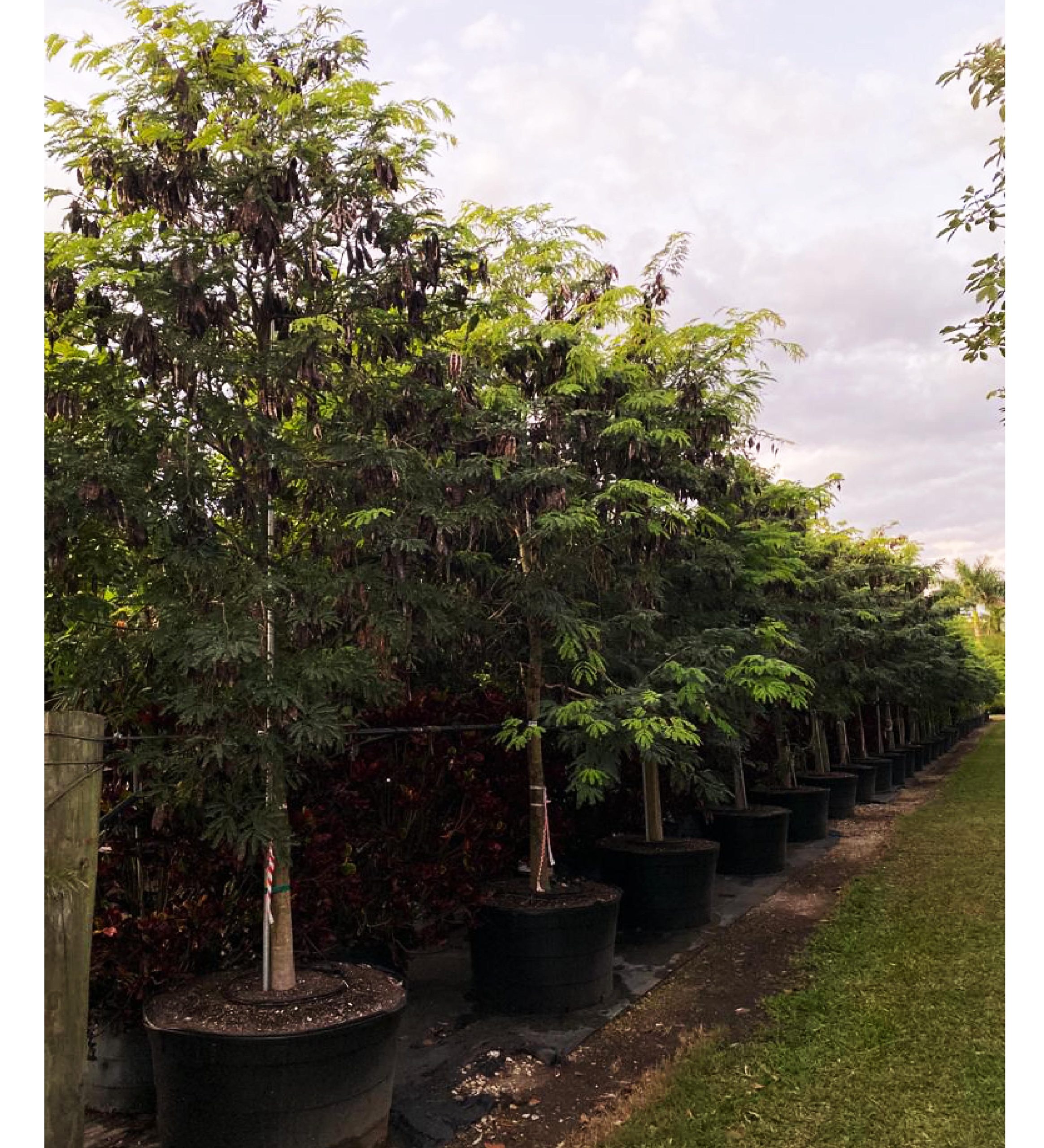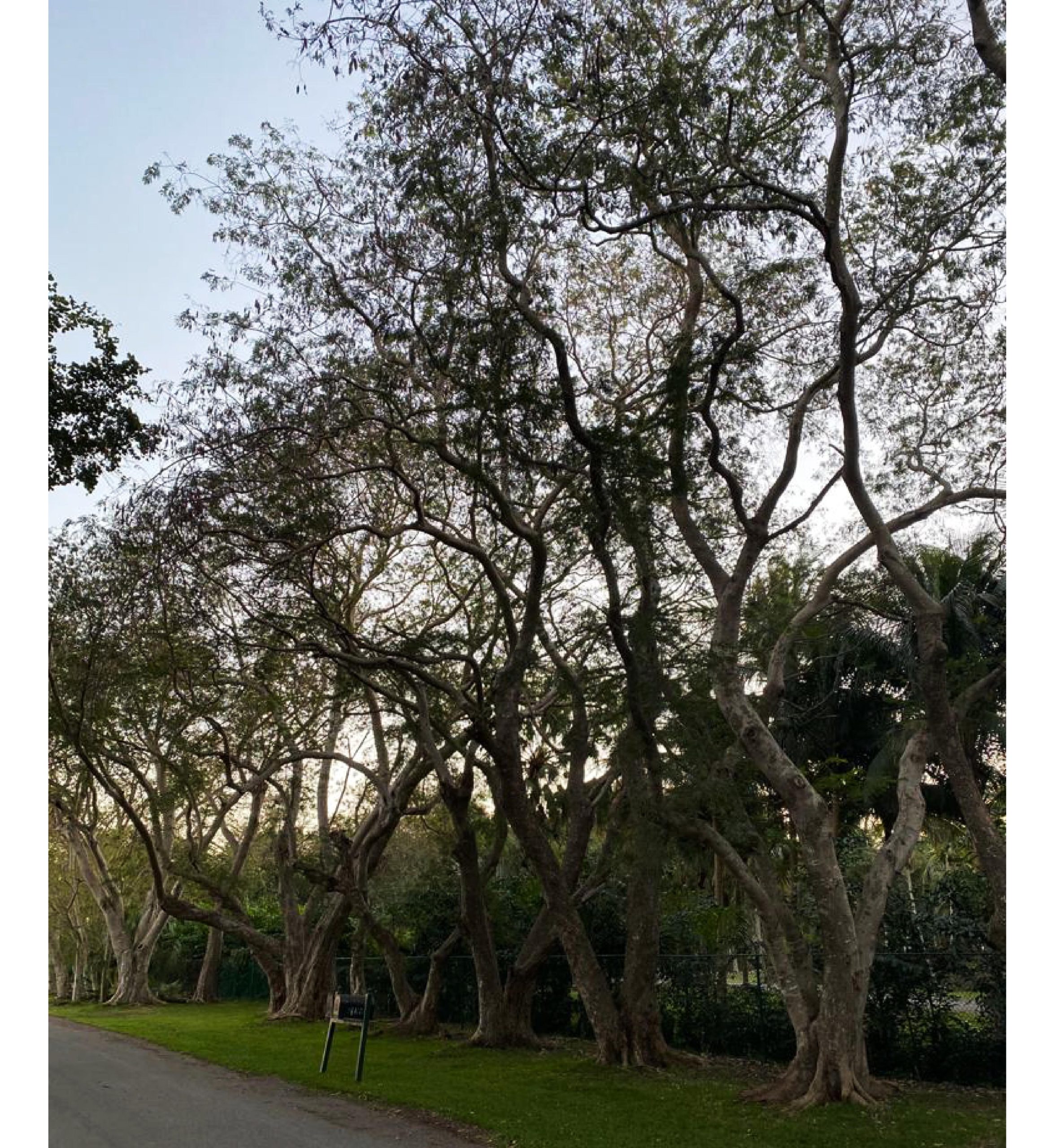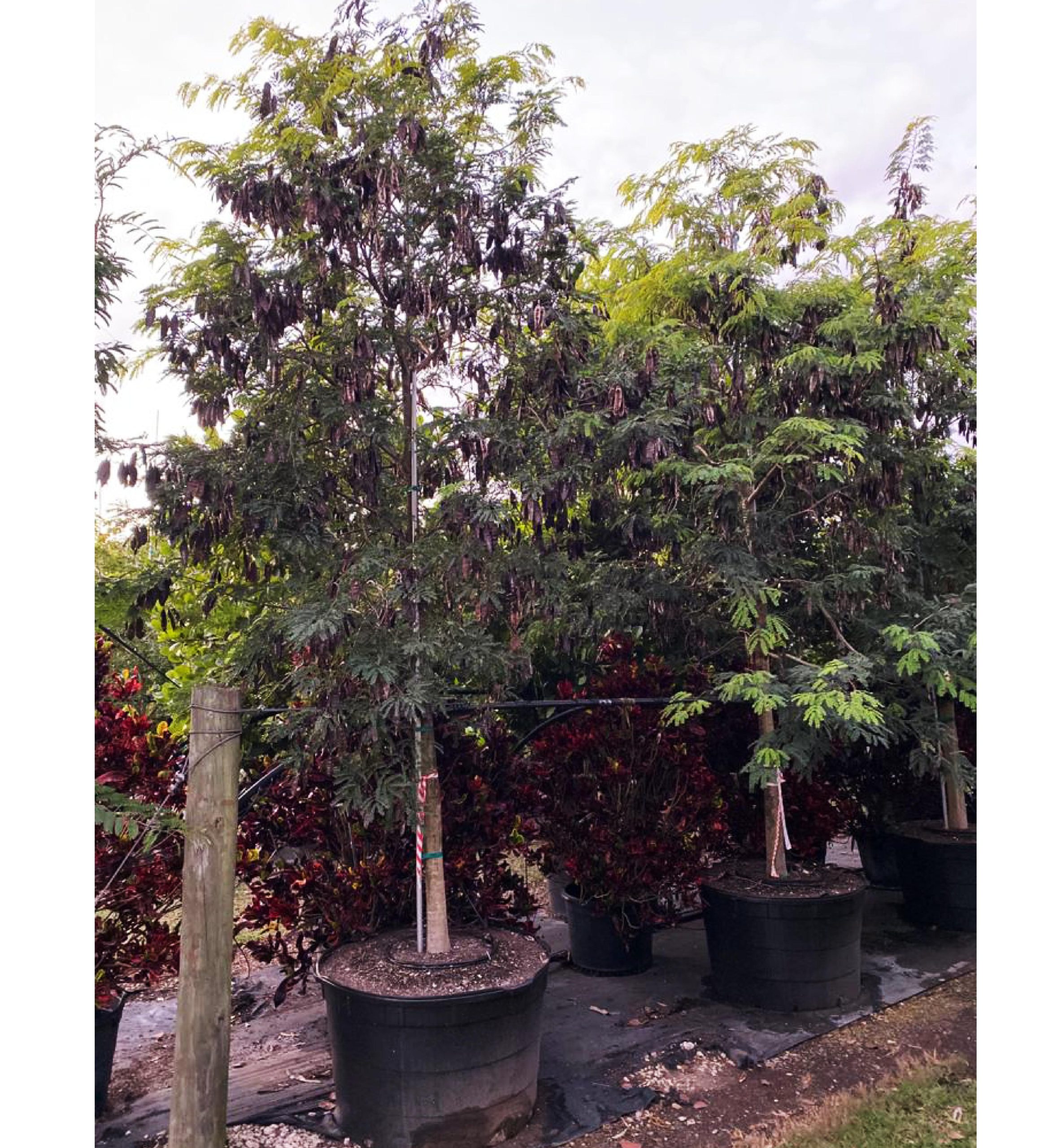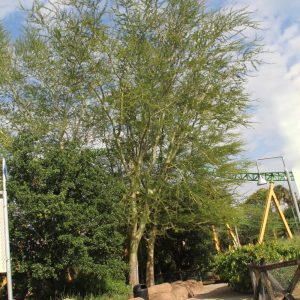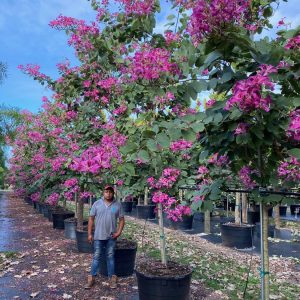Description
Lysiloma Latisiliquum tree description
Lysiloma Latisiliquum (Wild Tamarind) is a medium to large-sized tree, typically about 40 feet tall, with a single short trunk or multiple trunks. The crown is dense, spreading with many arching branches and an umbrella shape, becoming more open with age. The tree is strong and can resist harsh winds. The bark is smooth and light gray in young trees, becoming dark brown peeling in large scales as the tree ages. Leaves are alternate, bipinnate with 3 – 5 pairs of pinnate, giving a feathery appearance; leaflets 10 -20, are oblong, entire, dark green above but paler beneath, about 1/2 x 1/5 inch. Flowers borne on new or terminal shoots, singly or in groups; blooms are white and showy, resemble a tiny powder puff when fully open and are about 3/5 inch in diameter.
Lysiloma Latisiliquum (Wild Tamarind) flowers, blooming and cultivation
Furthermore, the flowers are slightly fragrant and attract butterflies and bees. Fruits are flat, twisted, green pods, 5 – 8 x 1 – 1 1/4 inches, becoming dark brown when ripe and containing 5 – 10 shiny dark brown seeds. Empty pods may remain on the tree until the next season. Seeds are food for beetles and used for propagation. The wood is dark brown, close-grained hard and resistant. Lysiloma Latisiliquum (Wild Tamarind) grows in well-drained limestone soils; it needs pruning to give it a strong structure. In landscaping, tamarind has applications as a specimen or shade tree in private or public gardens, at the seaside, as a street tree, and for land reclamation. Because of its taproot it is not suitable for container growth. This tree is not related to the true tamarind, Tamarindus indica.
🌳More popular and beautiful plants: Bauhinia × Blakeana

